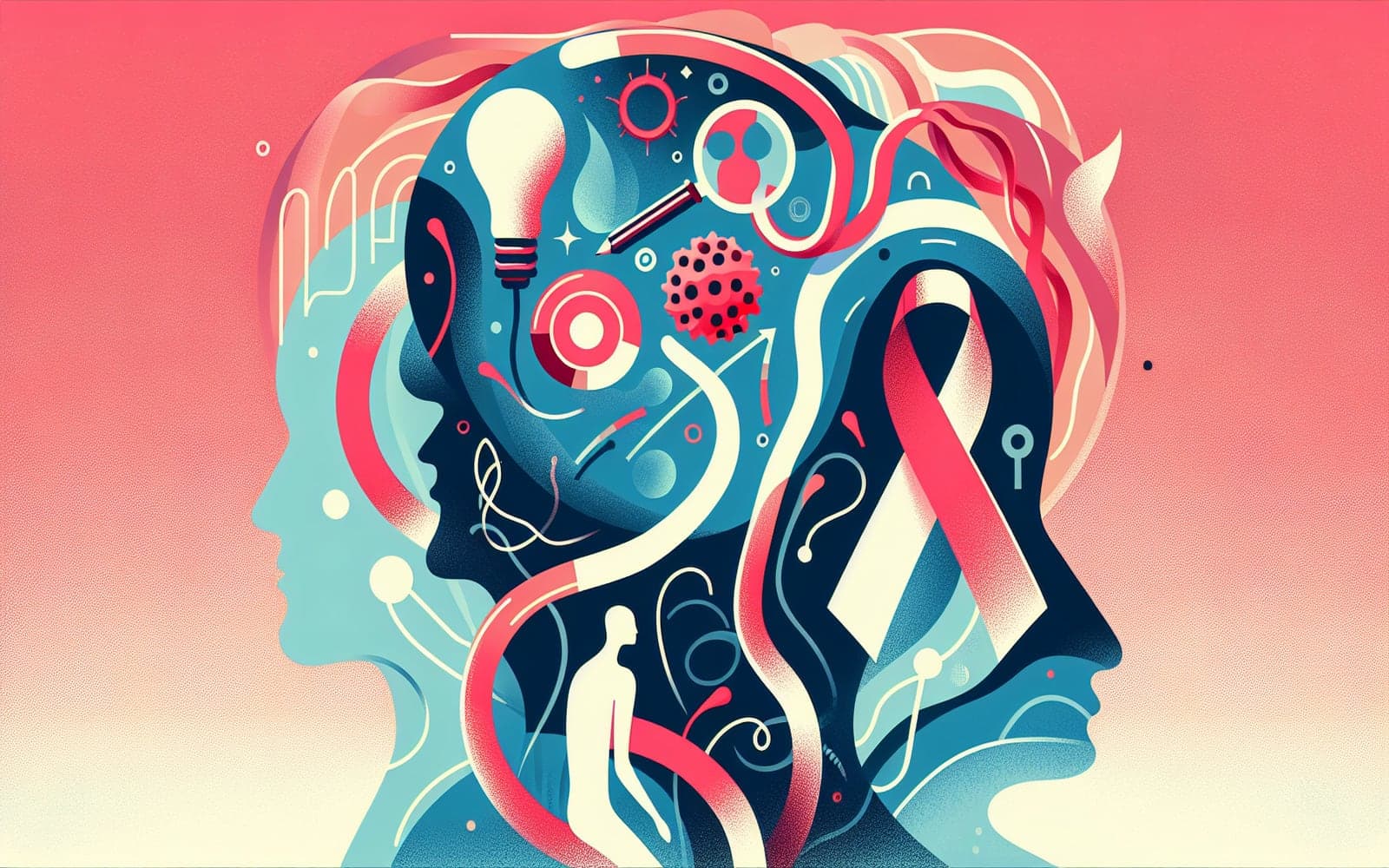Unraveling the Mystery: What Puts You at Risk for Chronic Myeloid Leukemia?
Published: Feb 11, 2024

Medically reviewed by Alan Lucks | MD, Alan Lucks MDPC Private Practice - New York on February 11th, 2024.
Chronic Myeloid Leukemia (CML) is a rare blood cancer with largely unknown risk factors. However, researchers have identified some factors that may increase a person's likelihood of developing CML.
Contents
Age and Gender: The Demographic Factors
CML can occur at any age, but it's more common in older adults. The median age at diagnosis is around 64 years. Men are slightly more likely to develop CML than women, though the reason for this difference isn't clear. It's like a slow-burning fire that's more likely to ignite as we age, with men's kindling catching slightly more often.
Radiation Exposure: The Known Environmental Risk
The only well-established environmental risk factor for CML is exposure to high doses of radiation. This link was discovered after studying survivors of atomic bomb explosions in Japan. However, it's important to note that most people with CML have not been exposed to high levels of radiation. Medical imaging tests like X-rays and CT scans use very low doses of radiation and are not linked to increased CML risk.

Genetic Factors: The Emerging Frontier
While CML is not typically inherited, researchers are exploring potential genetic factors that might increase susceptibility. Some studies have identified certain genetic variations that may slightly increase CML risk. However, these findings are preliminary and don't mean that people with these genetic variations will definitely develop CML.
Frequently Asked Questions
CML is not typically inherited; most cases occur randomly.
Unlike some cancers, smoking is not a known risk factor for CML.
No specific lifestyle changes are known to prevent CML.
Occupations with radiation exposure may have slightly higher risk, but it's rare.
Key Takeaways
While we can't control most CML risk factors, understanding them helps us appreciate the importance of regular check-ups and prompt attention to unusual symptoms.
Concerned about your CML risk or want to learn more? Chat with Doctronic for personalized insights and advice.Related Articles
References
Faderl S, Talpaz M, Estrov Z, et al. The biology of chronic myeloid leukemia. N Engl J Med 1999; 341:164.
Moloney WC. Radiogenic leukemia revisited. Blood 1987; 70:905.
This article has been reviewed for accuracy by one of the licensed medical doctors working for Doctronic. Always discuss health information with your healthcare provider.

